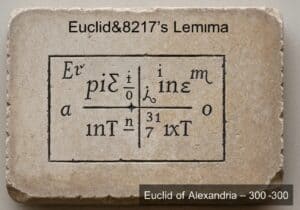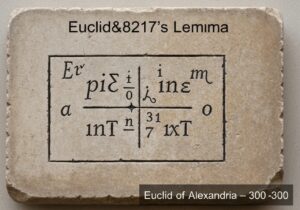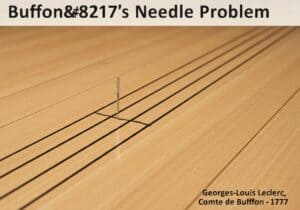A technique for solving first-order and hyperbolic second-order differenziale parziale equations (PDE). The metodo reduces a PDE to a family of ordinary differential equations (ODEs) along specific curves called ‘characteristics’. Along these curves, the PDE simplifies, allowing the solution to be found by integrating the system of ODEs. It is particularly powerful for problems involving transport and wave propagation.
The core idea of the method of characteristics is to find curves in the domain of the PDE along which the solution’s behavior is simpler. For a first-order quasilinear PDE of the form [latex]a(x,y,u)u_x + b(x,y,u)u_y = c(x,y,u)[/latex], the method involves solving a system of ODEs called the characteristic equations: [latex]frac{dx}{dt} = a[/latex], [latex]frac{dy}{dt} = b[/latex], and [latex]frac{du}{dt} = c[/latex]. By solving this system, one can trace back the value of the solution [latex]u[/latex] from a point [latex](x,y)[/latex] to the initial data curve.
Per le equazioni iperboliche, esistono più famiglie di curve caratteristiche. Per l'equazione d'onda unidimensionale [latex]u_{tt} - c^2 u_{xx} = 0[/latex], le caratteristiche sono le linee rette [latex]x pm ct = text{constant}[/latex]. L'informazione, o i valori della soluzione, si propagano lungo queste rette. Questa è la base matematica della soluzione di d'Alembert, che mostra la soluzione come una somma di onde che viaggiano a destra e a sinistra.
Una caratteristica significativa del metodo, quando applicato a equazioni non lineari, è la sua capacità di prevedere e gestire la formazione di onde d'urto o discontinuità. Se le curve caratteristiche, che riportano valori costanti della soluzione, si intersecano, ciò implica che la soluzione sta cercando di assumere più valori nello stesso punto. Questo segnala la rottura di una soluzione regolare e la formazione di uno shock, un fenomeno comune nella dinamica dei gas e nel flusso del traffico.

























